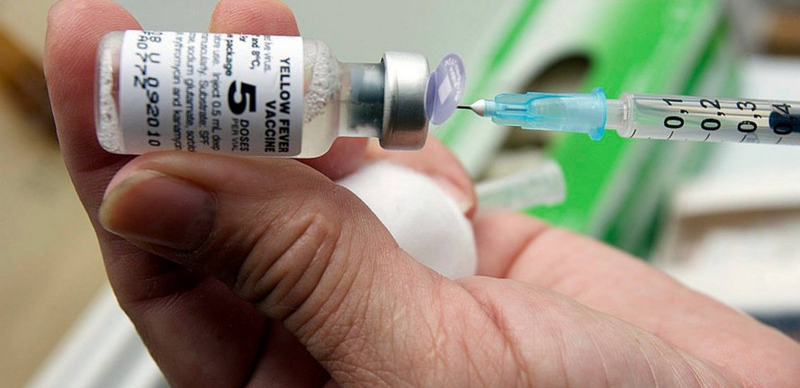
The World Health Organisation has said that 160 million Nigerians are at risk of yellow fever.
The WHO said with Nigeria’s population of about 200 million, the figure makes up around 25 per cent of all the people at risk in Africa.
The organisation revealed this in an article publishd on its website. The article is on new films show on the impact of yellow fever outbreaks in Taraba State, and the global efforts to eliminate yellow fever epidemics by 2026.
WHO said, “Nigeria’s population is around 200 million people, with 160 million people at risk of yellow fever. This makes up around 25 per cent of all the people at risk in Africa.”
Yellow fever is an acute viral haemorrhagic disease transmitted by infected mosquitoes.
The “yellow” in the name refers to the jaundice that affects some patients. Symptoms of yellow fever include fever, headache, jaundice, muscle pain, nausea, vomiting, and fatigue.
The Medical Officer, WHO Nigeria, Dr. Anne Baptiste, was quotd as saying, “Yellow fever is dangerous because a small percentage of patients will go through a more toxic phase of the disease.
“By then, they will experience fever, have system failure, mainly in the kidney and liver. They may experience bleeding coming from the mouth, nose and eyes and within seven to 10 days, half of them will die.”
The WHO also said Nigeria is at risk of both urban and sylvatic (jungle) exposure to the disease.
Sylvatic exposure is the transmission of yellow fever from mosquitoes that have bitten animals and non-human primates. Workers in mining and agriculture are particularly vulnerable to this type of transmission. In 2017, there was resurgence in yellow fever in Nigeria after 15 years.
The global health body, however, said Nigeria has vaccinated over 45 million people against yellow fever during the COVID-19 pandemic.
The Director General of the Nigeria Centre for Disease Control, Dr. Ifedayo Adetifa, was also quoted as saying that government has strengthened surveillance for the disease.
He said, “We have reference laboratories in the country that have been strengthened, and are being supported and assessed to make sure they are meeting all the performance parameters in terms of sample collection and referral to our reference labs in Abuja.
“Despite the ongoing COVID-19 pandemic, we have given out over 66 million doses in 2020 and 2021 to protect people from yellow fever outbreaks.
“This achievement has been possible through routine immunisation, as well as mass vaccination campaigns that identify gaps in the population and proactively target vulnerable communities.”
The PUNCH reports that Nigeria has recorded no fewer than 1,005 suspected yellow fever cases so far in 2022.
The cases were reported from 36 states including the FCT in 390 Local Government Areas.





